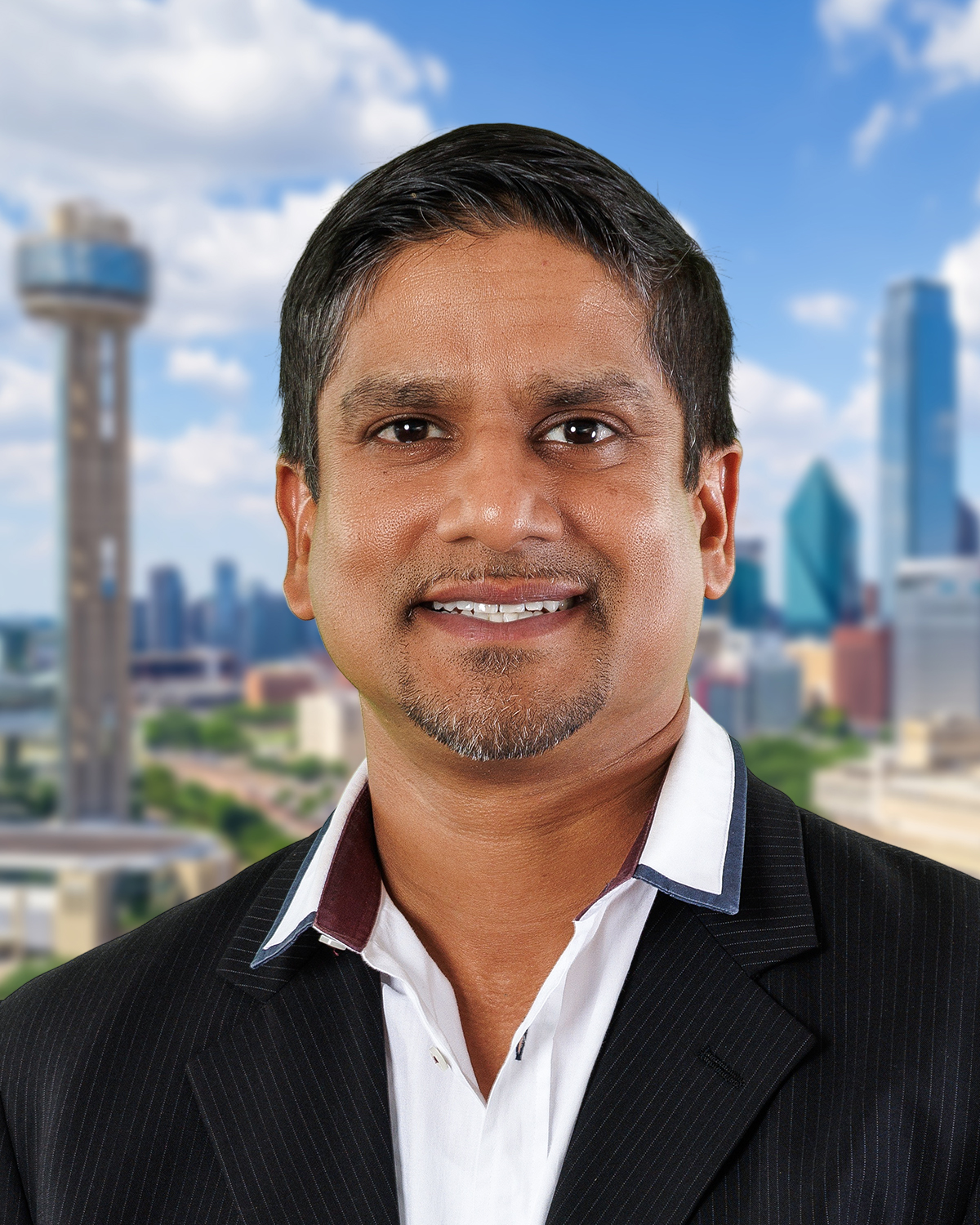By Ben Bhatti, Vice President, Research & Innovation
I was recently invited to participate on a panel at the Texas Higher Education Coordinating Board’s Texas Higher EDge Conference. The panel discussion was titled, “Rise of the Machines: How AI is Fundamentally Changing Higher Education and the Workforce.”

Credit: Texas Higher Education Coordinating Board
That may sound like a “Terminator” movie, but the fact is artificial intelligence (AI) is a present reality. Rapid integration of technological innovation continues to reshape industries, putting education and many jobs on the precipice of a seismic transformation—and that’s no Hollywood story.
I’ve put together some key takeaways from the panel to help our Dallas Region companies and institutions stay on the leading edge as the swift development and integration of AI into various facets of our lives makes the conversation surrounding its impact on education and workforce systems more crucial than ever.
Drawing on my background in law, policy, education, and technology, predicting trends of rapidly developing technologies, such as AI, is straightforward. At this stage of AI integration, our current scenario demands a nuanced approach that adapts to the integration and proactively prepares the education and workforce sectors for the transformations AI has introduced to society. Everything from the writer’s strike in Los Angeles to the auto workers’ strikes revolved around some aspects of AI and automation.
AI isn’t merely a disruptor; it’s a catalyst for redefining the skills that will drive tomorrow’s workforce and teaching methods. From my vantage point, it’s clear that the traditional model of education requires change to align with the demands of an AI-driven economy.
To begin, it’s important to acknowledge that AI isn’t here to replace educators; instead, it amplifies and supplements their capabilities. As a former third-grade teacher, I have experienced what it is to be in under-resourced classrooms. A teacher’s role in today’s classrooms must evolve into that of a facilitator, guiding students in navigating the vast sea of information available and developing aspects of social-emotional development and critical thinking skills.
AI’s impact on the workforce is a different story. Businesses tend to adapt to technologies quicker than the education sector. They also make short-term decisions to please shareholders, resulting in the elimination of numerous redundant jobs, both historically and presently. A recent report from Goldman Sachs estimates that around 300 million jobs could be affected by generative AI. This translates to approximately 18% of work that could be automated globally—with more advanced economies bearing the brunt of the impact rather than developing markets.
Legal and policy frameworks are pivotal in defining these new skill metrics, ensuring a balance between innovation and ethical application.
Furthermore, the equality in educational opportunities provided by AI-enabled platforms presents unparalleled accessibility opportunities. But it also accentuates the digital divide and raises concerns about data privacy, emphasizing the need for robust legislative safeguards around what students are exposed to. As we have all experienced, the impact of smartphones and algorithms of social media platforms have had a mixed effect on society. These relatively young technologies have permanently and irreversibly changed the way humans live and interact with one another.

As someone intimately familiar with the inner workings of policymaking, I see an urgent need to craft legislation that nurtures AI innovation while safeguarding the rights and dignity of every individual within the education ecosystem and ensuring companies consider and contribute to retooling our workforce with the necessary skills to succeed in the next iteration of our economy.
Developing a comprehensive approach that aligns legal framework and policy directives while prioritizing people and innovative educational methodologies to foster an inclusive, adaptive learning and working environment that maximizes human potential rather than producing a fear of AI job replacement is essential to address the merging of AI with education and our workforce.
This merge isn’t a distant future but a present reality. We must create an agile, inclusive, and ethically driven policy approach to harness AI’s potential for improving our education and workforce. By doing so, we can sculpt a world that thrives in the face of technological disruption while upholding the core tenets of human progress and equity.
The journey ahead is challenging, but it’s within our capacity to steer the course, ensuring that our education and workforce systems continue to evolve for the betterment of all while integrating innovative technologies, such as AI, as a catalyst for societal empowerment and progress.
The DRC’s Convergence AI Dallas conference on Thursday, May 2, will dive into all the ways AI is converging with our ways of doing business. I hope to see you there.